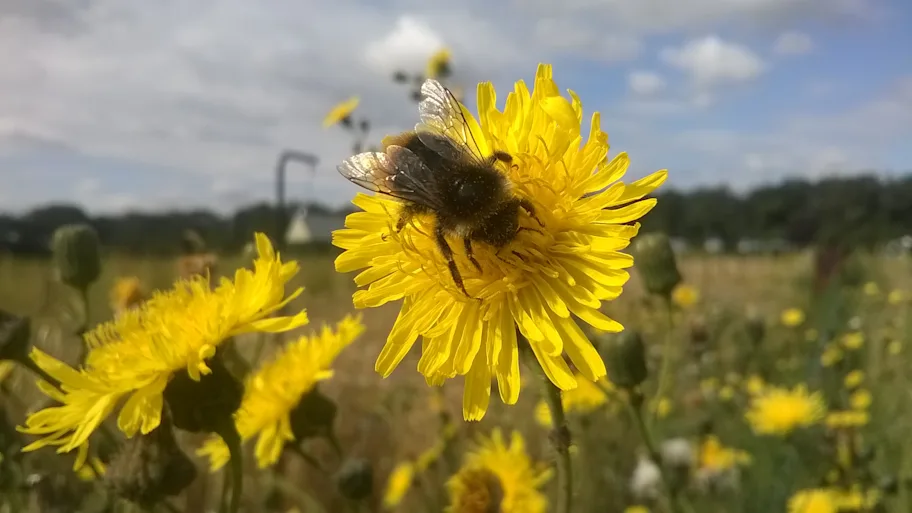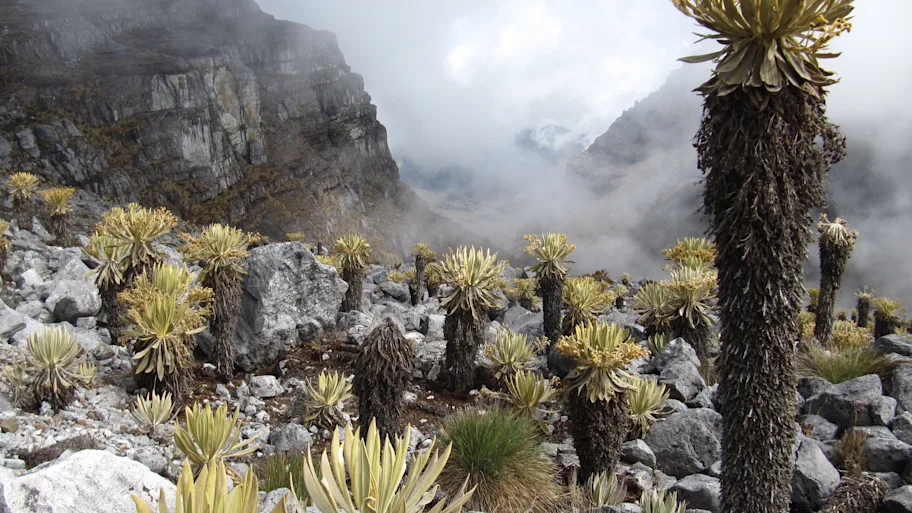
- Science news
- Environment
- To survive climate change, plants must adapt – and fast
To survive climate change, plants must adapt – and fast
By Mônica Favre, Ph.D, Science Writer
How can plants adapt to climate change? Unlike animals that can actively fly, swim or walk away to new locations when climate becomes too hostile, plants must adapt their biological functions – or perish. New, collaborative research sheds some light on how plant evolutionary history will help us protect them.
“Climate changes at a given region create stressors such as increased heat, changed salt concentrations, droughts, or unavailability of pollinators, such as bees and birds” says Associate Professor at the University of California at Berkeley, Chelsea Specht. “These changes demand many local species, which have for a long time evolved to survive in different conditions, to rapidly adapt or else, they may disappear.”
Driven to solve this problem, Specht’s lab at Berkeley studies plant form and function with the ultimate goal of understanding the genetic causes of plant evolution. But because more data and information is needed to find a solution, and climate change is already a reality, Specht launched a Frontiers Research Topic on the subject in hopes that researchers from other labs would share their knowledge.
“We are identifying the drive for the evolution of the species, pushing the boundaries of our understanding of plant evolution and survival, towards better indicators for preservation of diversity and a balanced ecosystem,” says Specht.
Specht says the challenge of studying in the wild is that researchers cannot control the factors to establish an effect. “We study evolutionary development in the field, where we can look into the history of how, biologically, the plant got there. This gives us ways to predict their capacity to survive climate changes,” she explains.
But understanding how plants got there, and then quickly adapted to overcome to new stressors such as temperature change or drought, is no simple matter. ” We have to collect an enormous amount of data to be able to identify true correlations, so I wanted to enable the field as whole to benefit,” she says.
To her and other researchers in the field, it seemed clear that only a very large effort can inform of the best molecular pathways underlying successful adaptations. “To better predict how the environment will affect plant survival and reproduction, we need to merge microbiology and evolution with ecology.”
By bringing scientists from different specialties in the realm of evolution together, she connected disciplines that wouldn’t normally merge. “The benefits are clear and durable,” says Specht, seeing that the new generation of developmental geneticists can build on our current understanding of the genetic bases of traits that are important for plant growth and reproduction. ”We can now use this information to better predict plant response to environmental change.”
Over 50 scientists from around the world have contributed their findings on the topic : “Understanding plant adaptation and diversification: evo-devo and beyond,” published in Frontiers in Plant Science.






